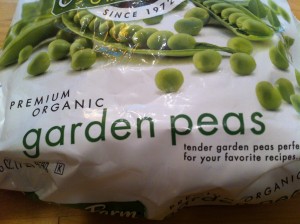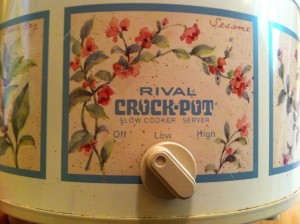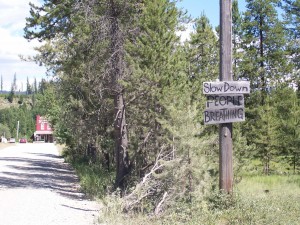
As I wrote recently, I’m posting a few of my standby recipes, and here’s the third one. Since my aim is to share a few tried and true, go-to, standby meals, this is one of those simple but satisfying gems. Because I want you to actually want to prepare a meal for yourself from genuine raw ingredients –at least every once in a while – this is about as low-prep and raw as it gets.
I present to you the humble baked potato. Seriously. Real food, the oven does most of the work, and you feel truly fed. Comfort food at its simplest and best.
If you have no other choice, you can microwave your potato but you will thank me after you’ve tried it in the oven. If you happen to have a gas oven, stand back and be prepared to swoon.
Here’s what you do (and just multiply this for however many people you are feeding, other than yourself):
Turn your oven to 400F. Use any type of “white” potato you like (russet, Idaho, Yukon Gold). Scrub it clean in water and trim off any eyes or bad spots with a paring knife. Leave the rest of the skin intact. Poke a few holes in it with your knife or a fork. When the oven is up to temperature, put the potato directly on the oven rack in the center of the oven and set a timer for 1 hour.
Go off and enjoy a glass of something, read a chapter in your novel, or watch an episode of Frasier on Netflix.
When the timer buzzes, check the potato by sticking a fork or knife in it. The skin should be somewhat crackly and the knife should go in easy and smooth. If you meet resistance, let it cook another 15 minutes or so and check again.
Even if you think you don’t like peas, get some frozen green peas and be prepared to change your mind (by all means, use fresh ones if it’s summer or you can find them). While the potato is finishing its last few minutes of cooking time, put a generous ½ – 1 cup of peas in a small saucepan with about an inch of water. Turn it to hi and let the peas cook in the boiling water for 1-2 minutes. They barely need cooking and should still have some texture (not mushy) when they’re done. Drain the water off.
When the potato is ready, use pot holders to take it out of the oven and plop it on your plate. Immediately slice it open and insert copious amounts of butter, mashing it into the flesh so it all becomes one lovely substance.
Top your butter-infused potato with peas, salt, and pepper. If you are in the mood, add grated cheese. Allow yourself to moan as you enjoy it.







 At a recent clergy event the workshop leader asked us talk about what gets in the way in pastoral care situations. When you are trying to offer or articulate hope to someone, what gets in the way for you?
At a recent clergy event the workshop leader asked us talk about what gets in the way in pastoral care situations. When you are trying to offer or articulate hope to someone, what gets in the way for you?